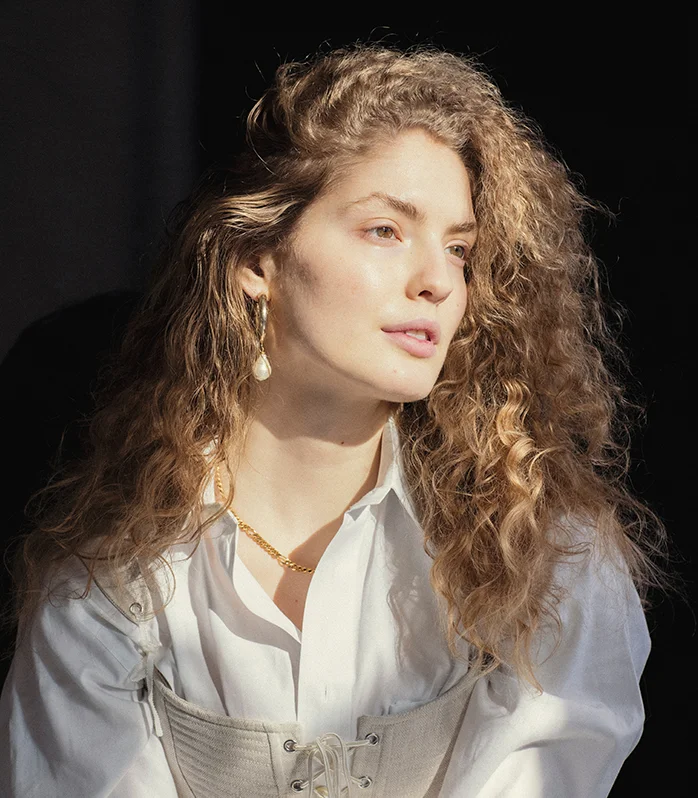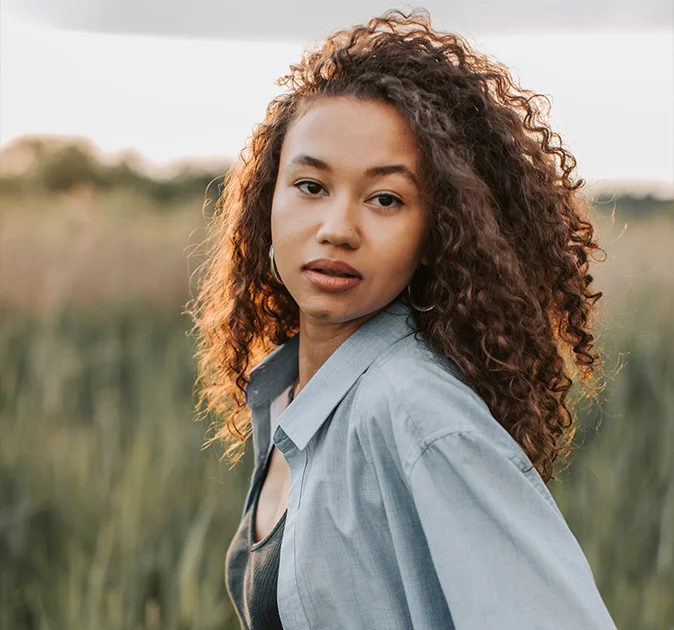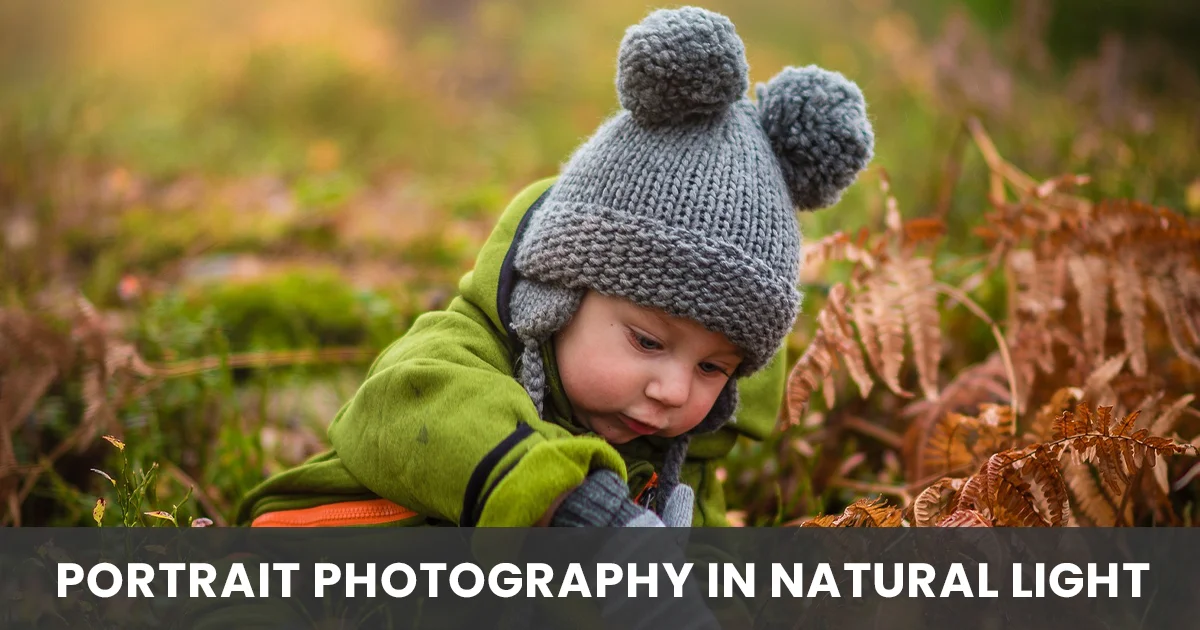I am excited to share with you my tips and tricks on utilizing natural light to its full potential in your portrait photography. We will delve into the crucial aspects of metering modes and camera settings.
Take your portrait photography to the next level with this step-by-step guide to the three most effective natural lighting techniques. These are diffused light, direct sunlight, and backlight. By the end of this article, you’ll have a deeper understanding of how to harness the beauty and versatility of natural light in your photography.
Diffused Light Photography

Diffused light is also very flattering for the skin and can make colors appear more vibrant and contrasting, enhancing beautiful locations and outfits. Additionally, shooting portrait Photography in shady spots can result in particularly striking eye colors, which I find to be very appealing.
Photographing In Direct Sunlight

I like to think of harsh sun as a studio light, but without the ability to control its position. You have to wait for the sun to be in the right direction before taking your shot. When shooting in harsh direct sunlight, it’s important to keep an eye out for shadows on the eyes, as they are the most important part of the portrait. To prevent this, you want the sun to hit the eyes as much as possible.
I prefer shooting with harsh light during the morning or afternoon when it’s closer to the horizon. This is because it is more flattering for portraits as the sun is only ever facing a particular direction.
Backlight Photography
Natural Backlight Photography refers to capturing images where the sun is positioned behind the subject and shining towards the lens. I consider this to be the most dreamy lighting scenario as it creates soft and whimsical photos.

The backlight can produce both washed-out and high-contrast images, depending on how the sun is utilized. Utilizing lens flares, light leaks, and props can add an artistic touch to the photos. Additionally, the backlight is highly flattering for skin tones and is suitable for capturing a variety of shots, from close-ups to full-body shots.
If you’re using a DSLR and having trouble finding the right backlight, I suggest turning on your LCD screen, having your subject stand in one spot, and then walking side to side while observing the light in the frame and its effect on your subject. This will help you find the best spot to take your shot.
Camera Settings For Cloudy Day
When the sky is cloudy, it is necessary to make changes to your camera settings, such as increasing the ISO to 400 or 800, opening the aperture, and slowing down the shutter speed slightly Shutter Speed Range: 1/500th – 1/250th Second.

When it’s overcast, even though the lighting can appear fairly even, I find that there can still be a light source to consider. If the sun is behind the subject, it can cast shadows on their face, which can be distracting even if they are softened. To make your portrait photography stand out, I prefer to have the sun shining towards my subject, eliminating any shadows and highlighting the face.
Additionally, I try to minimize the sky in my photos as much as possible. Overcast skies tend to appear white and dull in images. To avoid this, try to incorporate more of the surroundings and experiment with different shooting angles.
Sun Shade Photography
An easy consideration when choosing locations for your portraits is to ensure that both your subject and the background have equal shading. For diffused lighting, shoot in covered areas such as greenhouses, car parks, or abandoned buildings.

Basically anywhere that is undercover, where you’re still making use of the ambient light to light up your portrait. To get the best results, I make sure that my subject is facing the direction of the strongest natural light.
Portrait Photography Retouching
Retouching portraits is a challenging task that requires creativity and a keen eye to enhance the subject. Clean up the image, adjust the composition, and showcase the real star of the photo: the portrait. If you’re not skilled in photo retouching, consider using a professional photo retouching service.

